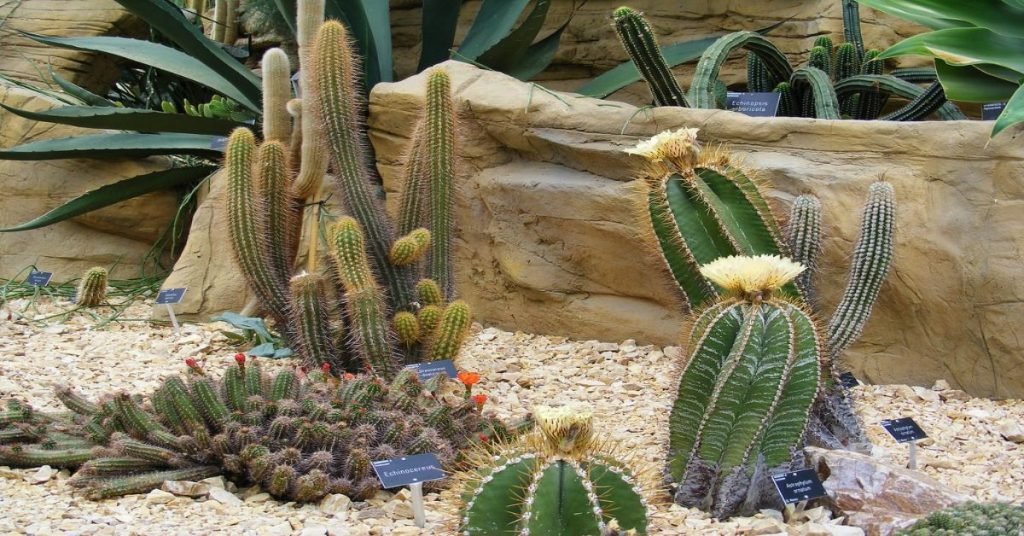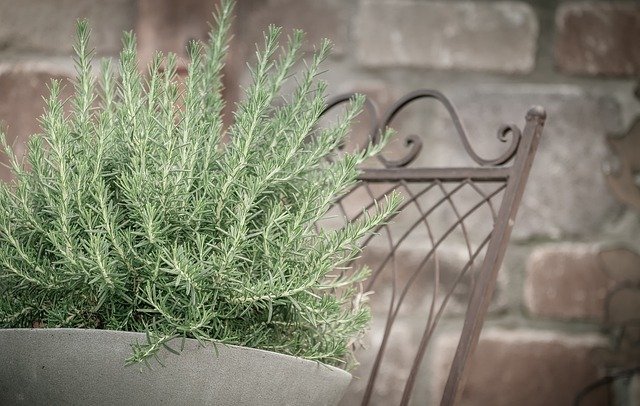Vermiculite and sand are two of the most used soil amendments in gardening and horticulture. They play various critical roles, from improving the soil’s aeration to creating an optimal environment for the plant’s growth.

However, many plant enthusiasts are still dwelling in the dilemma of vermiculite vs sand: which one should they use? Are vermiculite better than sand? Or is it sand that is loved more by plants? Let’s debunk this never-ending debate and shed light on these essential soil enhancers.
Table of Contents
Sand vs Vermiculite: What Are the Differences and Which One Retains Moisture Better?

Have you ever looked at the secret recipe on how to create the best potting mix for your beloved plants? You might find that sand and vermiculite are the two most recommended soil supplements, particularly to enhance drainage for the plant’s roots and retain moisture. But before we move to the main topic, let’s get to know a little bit about sand and vermiculite itself.
Sand is an inorganic soil amendment. It consists of small mineral particles such as silica or quartz, thus it provides excellent drainage. So yes, sand and silica sand are the same things–as silica sand specifically refers to sand that is primarily composed of silica or silicon dioxide. On the other hand, vermiculite is a lightweight, mineral-based soil amendment. It is derived from heated volcanic glass, thus it has a spongy texture. This soil nourisher is rich in various essential minerals such as hydrated magnesium and iron.

Now let’s move to the main topic between vermiculite vs sand: which one is the superstar when it comes to holding moisture? Well, vermiculite takes the lead when it comes to locking in moisture. This is because vermiculite has a structure that allows the water to be absorbed quickly, but at the same time, it also keeps the soil moist for a longer duration. Sand, however, is less effective in retaining moisture as it drains water quickly.
So is vermiculite favored more by plants than sand? The answer varies by what kind of plant you’re cultivating. If it’s a moisture-needy plant, like aroids and rhododendrons, you shall add vermiculite to their potting soil to achieve the goal. But if the purpose is to prevent waterlogging, gardeners shall stick to sand instead.
Vermiculite vs Perlite vs Sand: Which One Should You Pick?
Aside from the confusing debate of vermiculite vs sand, another soil fortifier that is talked about the most by plant lovers is perlite. It is lightweight and porous, just like vermiculite, but derived from volcanic rock through the process of heating and expanding. Perlite has a coarse texture similar to sand, providing excellent drainage properties by allowing the water to pass through easily.
Compared to vermiculite, perlite has a fairly neutral pH and is more suitable for a broader range of plants. But copying its look-alike, which is sand, perlite is not as effective as vermiculite in retaining moisture. Nonetheless, the lightweight nature of perlite makes it a great deal for plants that prefer well-draining soil, such as succulents, lantanas, coneflowers, geraniums, and marigolds, including plants that are susceptible to root rot.
Although perlite is readily available and fairly affordable, this soil enhancer typically does not contribute to adding significant nutrients to the soil. That’s why when making the DIY potting mix, we highly recommended that gardeners combine perlite with other soil amendments or fertilizers. When comparing vermiculite vs sand and perlite, every soil amendment offers unique benefits, with vermiculite still excelling in moisture retention.
Can Perlite Be Used Instead of Sand?
Now we understand that perlite offers a similar benefit as sand, so can gardeners use it when running out of sand for their potting soil? The answer is yes, perlite can be used instead of sand in certain situations. This is because, although similar, perlite and sand have distinct characteristics that make them suitable for different purposes.
In comparison to sand, perlite has way superior water retention, although vermiculite is still the number one winner. As mentioned earlier, it also has neutral pH whereas sand, though naturally having a neutral pH of 7, the pH can still be affected by the soil’s composition.
How To Make Vermiculite at Home?

Aside from the confusing uses between vermiculite vs sand, most gardeners also ask, is it possible to make vermiculite just like you make the DIY potting mix? Unfortunately, it’s likely, not possible to make vermiculite at home. Vermiculite is a naturally occurring mineral that is formed through a geological process. Given the specific geological conditions and high temperatures required to form vermiculite, it is not feasible to replicate the process at home.
However, vermiculite is not a rare soil revitalizer and gardeners don’t need to worry about not making one. We recommend using high-quality, commercially available vermiculite such as 8QT Professional Grade Vermiculite that can be used for various plants, including vegetables. On average, with just less than 50$, plant enthusiasts can get fresh vermiculite that can be safely mixed with the potting soil.
What Can You Use Instead of Vermiculite and Sand?
Although vermiculite vs sand is the commonly used soil amendment, these are not the only soil supplements gardeners can use to make their plants thrive more. Another popular option is coco peat, which is made from coconut husks and provides excellent aeration and drainage as well. Next, we got peat moss, also known as sphagnum moss, which is derived from primarily or partially decomposed sphagnum moss. It is known for its high water-retaining ability too but tends to have acidic pH.
Vermiculite vs Sand: Which One is More Suitable for Container Gardening?
Growing plants in containers can be challenging. Due to the plants relying solely on the nutrients present in the potting soil, gardeners need to ensure that the soil is not only rich in humus but also moist and well-draining to prevent pests and any other issues.
Ultimately, the choice between vermiculite and sand, including adding perlite, peat moss, and any other soil enhancer, depends on various things. Look at the specific needs of the plants being grown, including the type of container, and the overall moisture and drainage needed. Vermiculite is a great choice for plants that need constant moisture and to promote root growth. Meanwhile, sand is the perfect match for plants that can’t tolerate being waterlogged.
Vermiculite vs Sand: Which One is the Best Soil Amendment?
Each soil amendment has its pros and cons. So the answer to vermiculite vs sand being the best soil amendment depends on the plant’s cultivation needs, the specific growing areas, as well as the gardener’s personal preferences. It is often beneficial to experiment and find the right balance by combining different soil enhancers.

New author in the hood. Loves gardening and flowers are my spirit animals (yes I know they are not animals but I insist). I will be covering most of the flowers’ topics here and occasionally random though as well.






